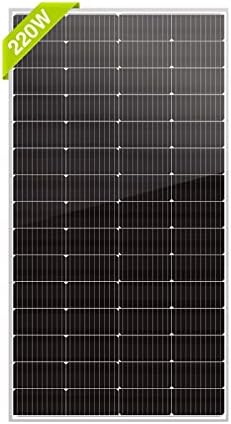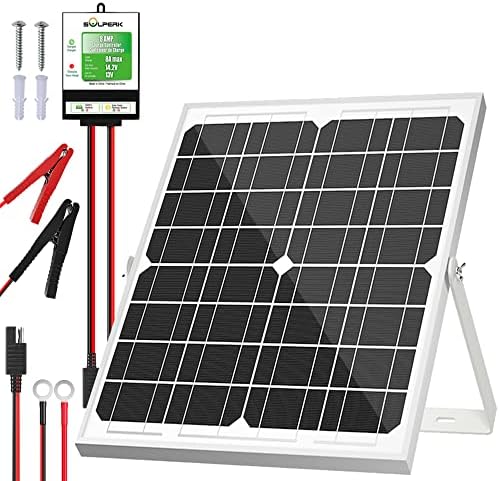# The Hidden Costs of Solar Panels: What Homeowners Should Consider
When I decided to harness the power of the sun to fuel my home, the prospect felt electrifying. The promise of reducing my electricity bills while being kind to our planet excited me. Friends and neighbors cheered me on, painting vivid pictures of my family living sustainably, relying solely on solar energy. Yet, as I began to peel back the layers of everything solar, I quickly realized that the journey was more complex than a mere installation of photovoltaic panels on a roof. The hidden costs of solar panels can be as illuminating as the sun itself. Let’s dive into what prospective solar homeowners should consider before stepping into the world of solar power.
## Understanding the Initial Investment
At first glance, the costs of solar panels are proudly displayed on brochures and websites, making them seem overwhelmingly attractive. However, first impressions can be deceiving.
### Purchase and Installation Costs
Installing solar panels can range anywhere from $15,000 to $30,000, depending on various factors such as system size, location, and quality of panels. This figure often excludes additional costs that can creep in:
1. **Roof Condition:** If your roof isn’t in good shape, you may need to invest in repairs or even a complete replacement before installing solar panels. Yes, that’s an unexpected expense that could swell your initial budget.
2. **Mounting and Labor:** Whether it’s your roof type or landscape, additional mounting solutions may be necessary. Labor costs can vary based on the complexity of the installation, impacting that initial purchase price.
3. **Permits and Inspections:** Depending on where you live, you may need several permits and inspections, all of which can add up quickly.
### Quality of Equipment
Not all solar panels are created equal. Lower-quality panels may save you some money upfront but can lead to decreased efficiency and longevity. Investing in high-quality panels could save you more money in the long run due to their efficiency and warranties, but that comes at a cost.
## Long-term Expenses You Might Overlook
Beyond the upfront costs, long-term expenses can sneak in and disrupt your financial plan.
### Maintenance and Repairs
While solar panels are generally low-maintenance, they aren’t maintenance-free. Dust, debris, and other factors can reduce their efficiency. Here’s what to keep an eye on:
1. **Cleaning:** Depending on your location, you may need to clean your solar panels regularly. Accumulated dirt or bird droppings can block sunlight and hinder performance.
2. **Inverter Replacement:** Depending on the type of inverter you choose, you might need to replace it after 5 to 10 years, adding an additional unexpected cost.
3. **Component Failures:** Over time, solar panel components can fail and may require costly repairs or replacements.
### Insurance Premiums
When you install solar panels, your insurance policy may see a hike. Sometimes, the increased value of your home can also lead to higher property taxes, depending on local regulations. Be sure to update your homeowner’s insurance policy to reflect the new equipment, as coverage could differ.
## Hidden Costs in Time and Energy
Transitioning to solar isn’t just about dollars and cents. It also involves time and energy that homeowners need to invest.
### Research and Comparative Shopping
The solar energy market is saturated with options, and making the right choice requires extensive research. Juggling research between different companies, reading reviews, and comparing warranties can lead to decision fatigue.
### Learning Curve
Once you’ve installed your system, there’s also a learning curve in understanding how to maximize your efficiency. Homeowners might need to invest time in learning and monitoring their solar energy production. While many systems provide user-friendly apps to monitor performance, treading through the data can feel overwhelming at first.
## Incentives and Financial Assistance
While we’ve explored the hidden costs, let’s not overlook the potential financial perks that can offset some of those expenses.
### Tax Credits
The federal solar tax credit can reduce your system cost by 26%, but keep in mind that you need to plan well to maximize this benefit. State incentives can also help reduce your overall investment. Be sure to research what’s available in your area, as these incentives often change, and some may expire shortly.
### Financing Options
Several financing models can help you manage costs more effectively. Solar loans, leases, and power purchase agreements (PPAs) can provide flexibility but come with their own hidden costs or obligations. It’s essential to choose an option that aligns with your financial goals.
## Pro Tips for Homeowners Considering Solar Panels
Navigating the solar world can be daunting, but a few savvy tips can streamline the process:
– **Consult Multiple Installers:** Seek quotes from at least three different solar companies. Look for references and reviews to gauge customer satisfaction.
– **Evaluate Your Energy Needs:** Analyze your energy usage for at least a year. Understanding peak consumption times will help determine your solar panel requirements better.
– **Longevity Matters:** Choose products known for durability and performance over time. Investigate warranties and customer reviews before making a purchase.
– **Factor in Future Needs:** Consider future expansions in your needs or family size. System expansions can be costly, so it’s advisable to be thorough in your initial assessment.
– **Keep Up with Local and Federal Regulations:** Be aware of any changing laws regarding solar energy in your area. Regulations can affect your installations, incentives, and overall efficiency.
## Conclusion
The allure of solar panels is undeniable. They offer a path toward energy independence, reduced bills, and a minimal carbon footprint. Yet, as with any home improvement, it’s essential to look beyond the shiny surface and understand the hidden costs that can add layers of complexity—not only to your finances but also to your lifestyle.
Investing in solar energy requires due diligence and strategic planning. By understanding both immediate and long-term expenses, you can make informed choices that align with your energy goals. So, embark on your solar journey equipped with knowledge, and you may find that the sun shines even brighter on your wallet!



